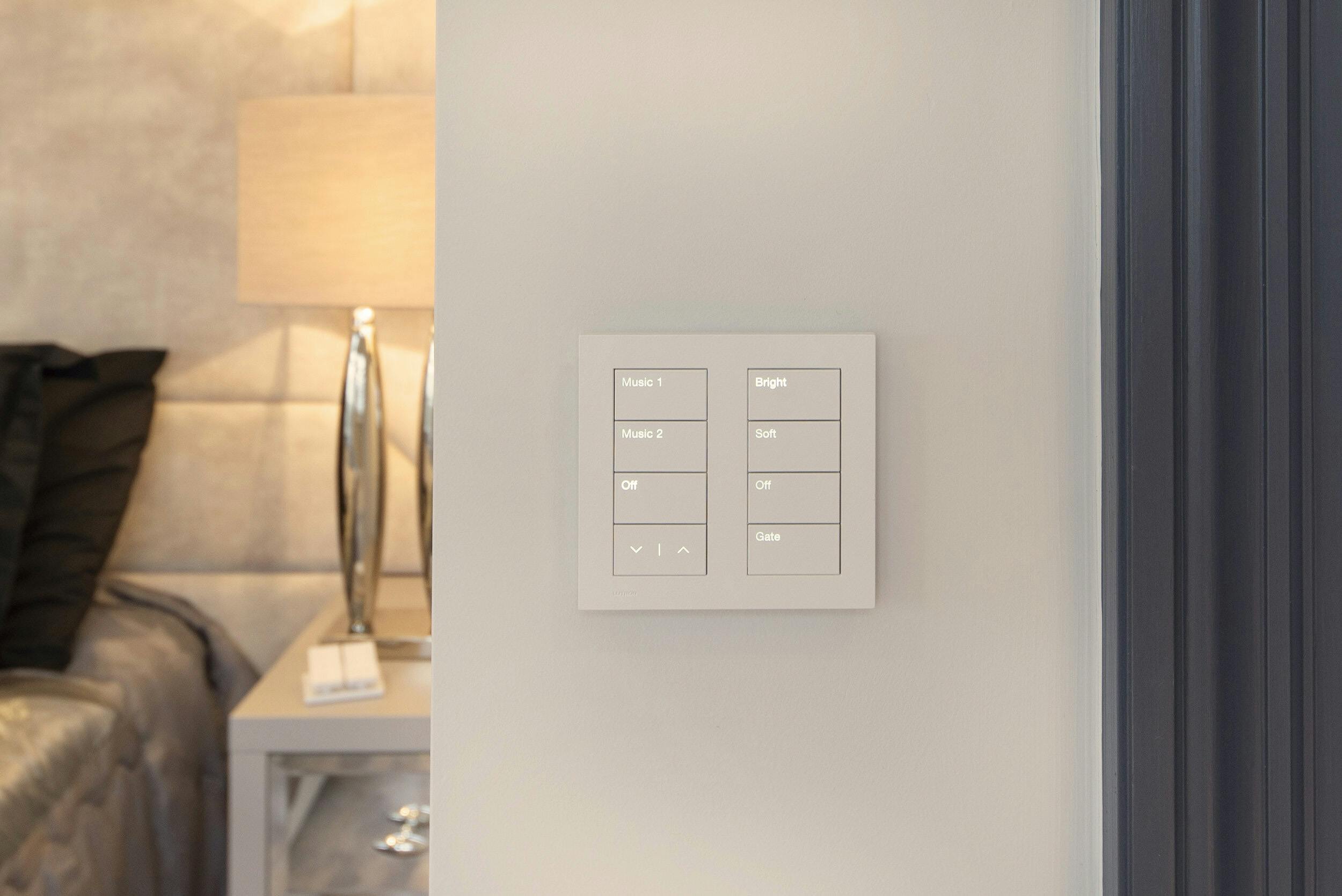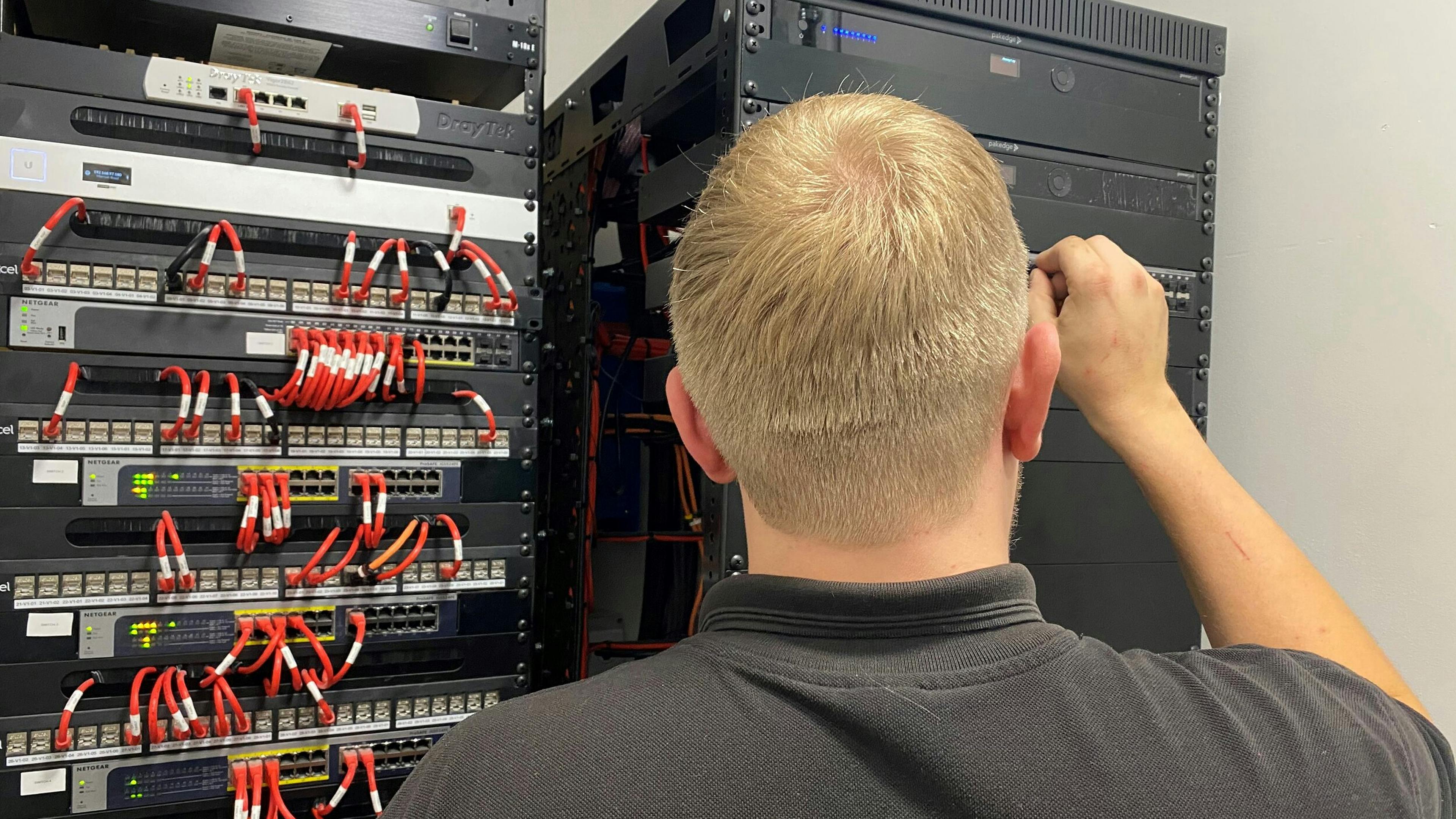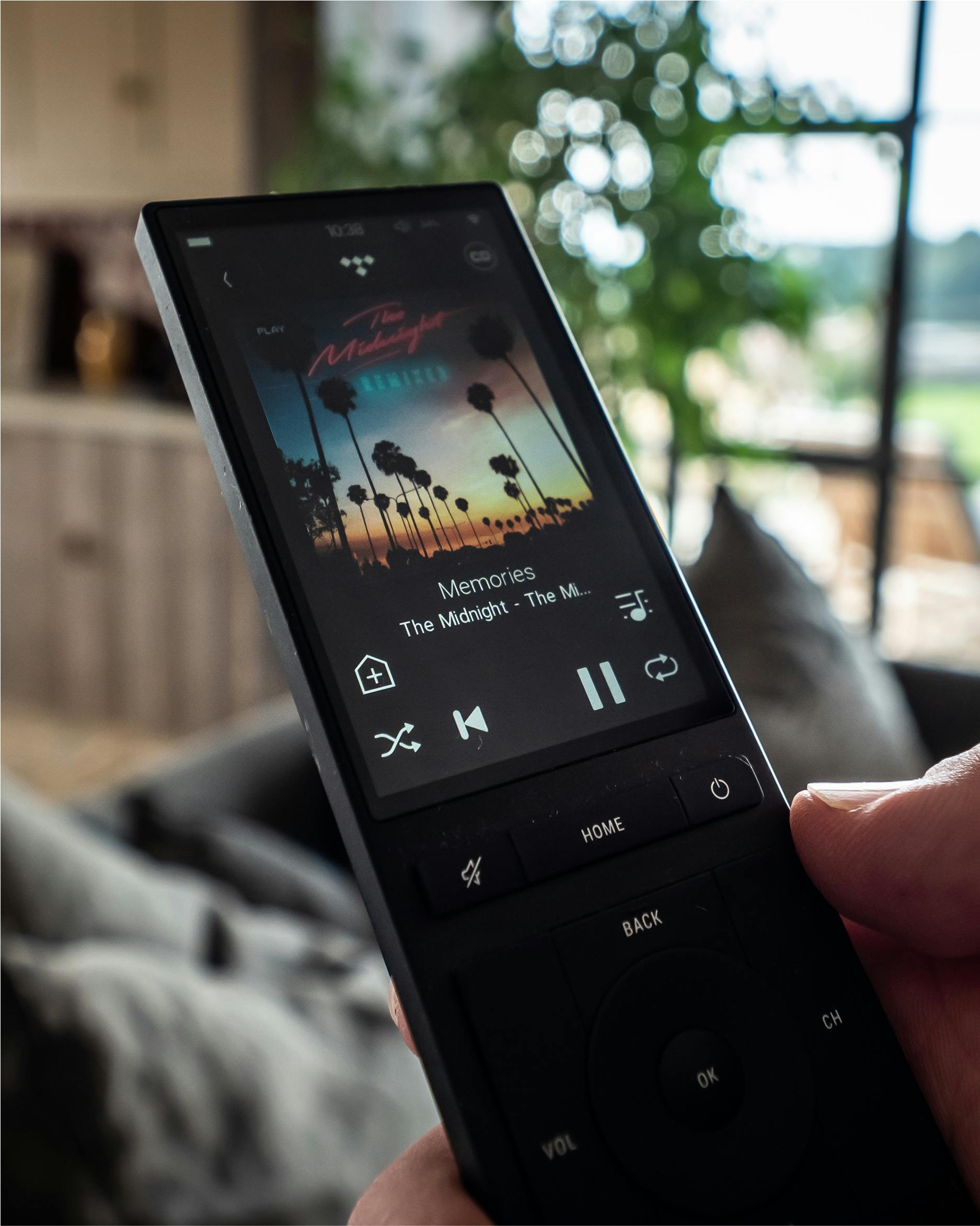Do I buy a home control system, or just use apps?

Now that everything under the sun has an app (including your toaster!), homeowners are wondering if they need a unified control system, which is a single system/app to control all the home’s technology. Or can they just get by with apps (multiple manufacturer apps) for everything in their home? Let’s review some of the pros and cons of each approach.

Pros of the Single App Home Control System Approach
User Experience
A single app control system (e.g., Crestron, Savant, Control4, Elan) offers a unified interface across devices like phones, tablets, touch panels, and remotes. Controlling climate, lighting, security, cameras, or music is simpler and more intuitive than juggling multiple apps.
Connecting the Dots
For seamless automation — like a bedtime routine that turns off lights, lowers blinds, arms alarms, and adjusts the thermostat — a control system is essential. Managing this through separate apps is nearly impossible.
TV Control
Smart home control systems excel at TV control, unlike clunky TV apps. Most people prefer tactile remotes, and these can also control lights and temperature. For homes with centralised video distribution, a control system is crucial.
Music & TV Integration
A control system easily combines TV audio and house music through built-in speakers. Unlike standalone systems like Sonos, which require extra steps, a professional control system manages everything seamlessly.
Hiding Technology
Luxury homes often hide thermostats in closets or pantries. Wired remote sensors, flush with the wall, ensure accurate temperature readings and are more reliable than wireless options.
Purpose-Built Devices
Brands like Crestron, Savant, and Control4 offer dedicated touch panels and remotes designed for home control. Unlike phones or tablets, they skip passcodes, swipes, or app searches — providing faster and more reliable control. Wall-mounted panels are especially secure and consistent as they don’t rely on batteries or Wi-Fi.


Cons of the Single App Home Control System Approach
More to Go Wrong
Smart home control systems have become far more reliable in the past decade. The idea that these systems often fail is outdated and largely based on experiences from 10-15 years ago. At Homeplay, our expert engineers ensure top-quality installations, reflecting our Managing Director James Ratcliffe’s unmatched attention to detail.
Avoiding control systems based on old concerns is like refusing a new smartphone because your Palm Pilot was unreliable — remember those?
Today’s established control systems are highly dependable. However, more hardware does mean occasional hiccups.
Apps Only Home Control
Pros:
- Cost: Most smart device apps are free and improve with updates.
- Instant Gratification: Quick and easy setup without professional help.
- Less to Go Wrong: Fewer hardware components mean fewer potential issues.
Cons:
- Complexity: Each device has a separate app, making it tricky to manage and harder to teach guests.
- Integration: Devices rarely communicate directly, requiring multiple apps to prepare your home for events or bedtime.
- Music & TV: Apps struggle with seamless audio/video control, unlike unified systems.
Whether you prefer apps or a unified system, choosing a reliable installer is key. Contact us at hello@homeplay.tv for expert advice on building your ideal home technology system.